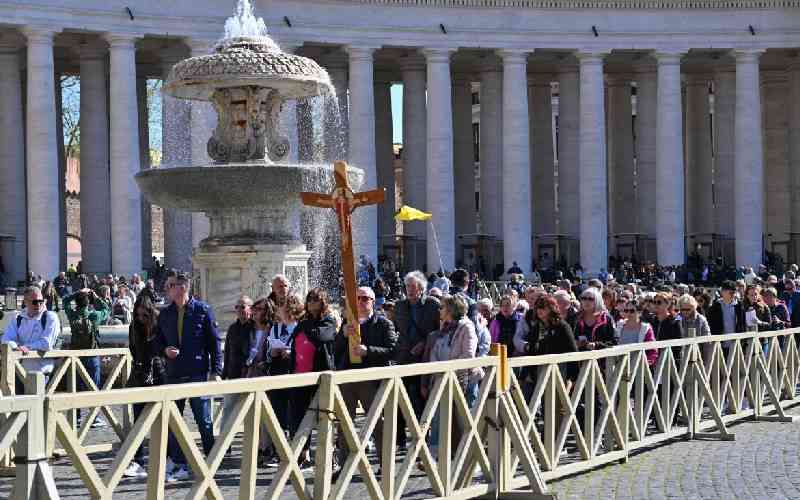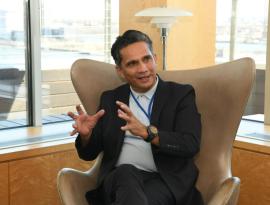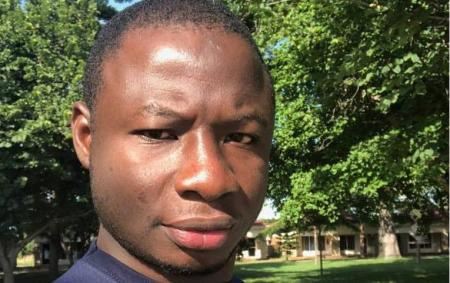Pope's convalescence revives memories of John Paul II's agony

VATICAN CITY - As pilgrims gathered in St. Peter's Square on March 30, 2025, a palpable sense of concern hung in the air. Pope Francis, visibly weakened by a recent bout of life-threatening pneumonia, was unable to lead the Angelus prayer. This absence, coupled with the ongoing celebrations for the 2025 Jubilee holy year, has amplified anxieties about the pontiff's health and the future of the Catholic Church.
The 88-year-old Pope's recent five-week hospital stay evoked memories of the final, painful years of John Paul II's papacy. The image of Francis waving weakly from a wheelchair on a hospital balcony served as a stark reminder of his fragility, mirroring the decline of his predecessor, who became a shadow of his former self before his death in 2005.
Since returning to the Vatican on March 23, Francis has remained out of the public eye, with no scheduled engagements for the foreseeable future. This absence has sparked debate within the Vatican about how to balance the need to protect the Pope's health with the necessity of maintaining a visible leadership presence.
"It's a delicate balance," a Vatican source confirmed, acknowledging the demands of the modern, image-driven world. In an era dominated by social media and rife with disinformation, the Pope's continued absence could fuel speculation and uncertainty, potentially leading some to believe the Church is without a leader.
Roberto Regoli, a professor at the Pontifical Gregorian University, noted that the papacy has historically been closely tied to the image of the Pope himself. John Paul II, who took office at a relatively young age, used his physical vitality to project an image of a vibrant Church. However, with Francis's declining health, the papacy is undergoing a shift in its mode of communication.
"We no longer have the image of the pope, but the written word of the pope," Regoli explained, emphasizing the increasingly institutional and less personal nature of papal communication.
Despite his physical limitations, Pope Francis remains actively involved in Church affairs. He continues to make decisions, appointing new bishops, decreeing new saints, and commenting on current events. This constant flow of documents demonstrates that he is still very much in control, despite his fragility.
However, unlike John Paul II, who had a close circle of advisors during his illness, Francis has always been more independent. This difference, coupled with the uncertainty surrounding his health, has created a sense of unease within the Vatican.
While John Paul II's decline was perceived as irreversible, there remains hope that Francis could recover. Yet, in the corridors of the Vatican, uncertainty remains the prevailing sentiment.











